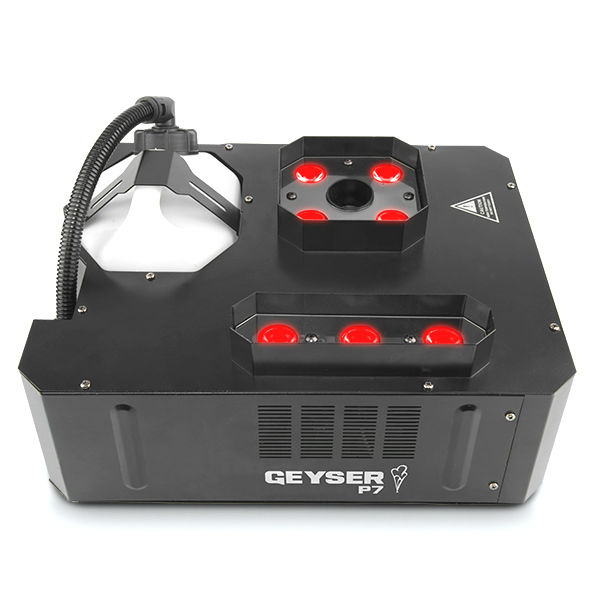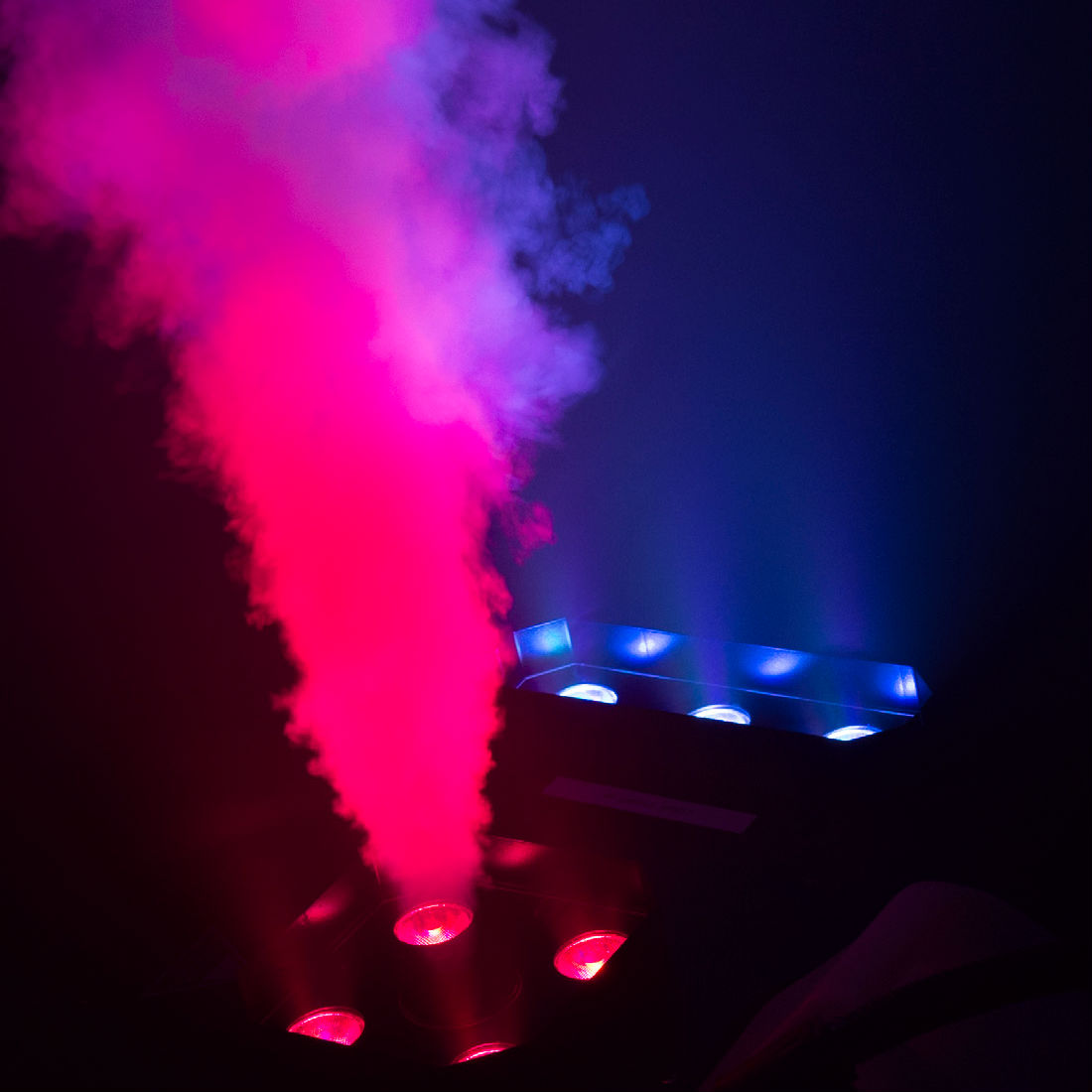Magic Wands
Magic seems to be more popular than ever these days. Specials and documentaries on The Learning Channel and Fox Family networks, and movies such as The Lord of the Rings have revived interest in all things magical. You may also have heard something about a series of books about some boy who gets sent to a magical boarding school. With demand for magic products on the rise, I'd like to take a look at what is considered by many to be the essential magician's prop -- the magic wand.
Wands and staffs have been part of magic lore from the beginning. Moses used a staff that changed into a snake to impress Pharaoh, and the druids are said to have carved wands from yew trees for their magical rites. Today, wands have even turned up where you might least expect them. For example, take a look at the emblem on most ambulances today. The winged stick with the snakes coiled around it is called a caduceus, and it symbolizes the staff that Mercury carried.
But why a wand at all? The "magical" explanation is that the wand acts as a channel for the mystical forces in the magician's body, focusing his energy and allowing him to direct it where he wills. Whatever. A somewhat more scientific theory is that, in prehistoric civilizations, a club or a staff would have been a practical and powerful weapon, and would have been carried by the stronger members of a tribe. As time wore on, the need to carry a large weapon for protection waned. However, the heavy staff still made a handy reminder of who held power within the group. This was true both of "political" as well as religious leaders, although in many cases they were one and the same. Eventually, as the staff became more symbolic than practical, it diminished in size and became the "magic wand" that we know today.
Our version of the magic wand allows the magician to put a little bit of flash into his routine, literally. Using the same principles as the Electronic Flash Gun, the Flash Wand can ignite and fire a piece of flash paper up to 15 feet across a stage. This effect can be used almost anywhere in a magician's routine, but is particularly effective when he is triggering a magic effect from a distance. An example the magician places his assistant into a cabinet center stage and closes it. He walks away from the cabinet while chanting magic words, then turns and points his wand at the box. A ball of fire streaks across the stage towards the cabinet, which in turn falls apart to reveal that the assistant has disappeared. Presto! An old routine is suddenly given new life.
Because the Flash Wand is similar in design to the Electronic Flash Gun, anyone familiar with that device should have no trouble loading and operating it. If you've never used a Flash Gun, don't worry! The included instructions are detailed and easy to follow, making it a snap for anyone to learn how to use this device. One word of caution about using the Flash Wand (and any of our handheld devices) always be aware of the "fire" button. There's nothing so unimpressive as a ball of fire that appears at the wrong moment and catches the magician by surprise. To anyone planning to use a Flash Wand in their routine, I'd recommend planning several dry runs during which you simply rehearse with the device unloaded. Get a feel for where the fire button is located and practice manipulating the wand while keeping your hand well away from the button. Also, practice getting to the button so that it appears to be a natural motion and doesn't draw attention. With practice, you'll be able to create a dramatic effect and the audience will never see it coming!
*********************************************
Theatre Effects Customer Service Department
service@theatrefx.com
www.theatrefx.com
Theatre Effects, 1810 Airport Exchange Blvd. #400, Erlanger, KY 41018
Phone: 1-800-791-7646 or 513-772-7646 Fax: 513-772-3579









